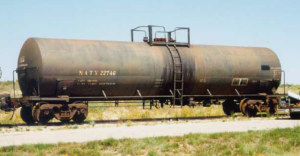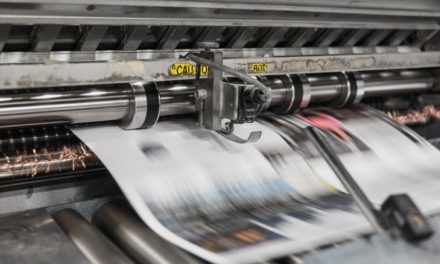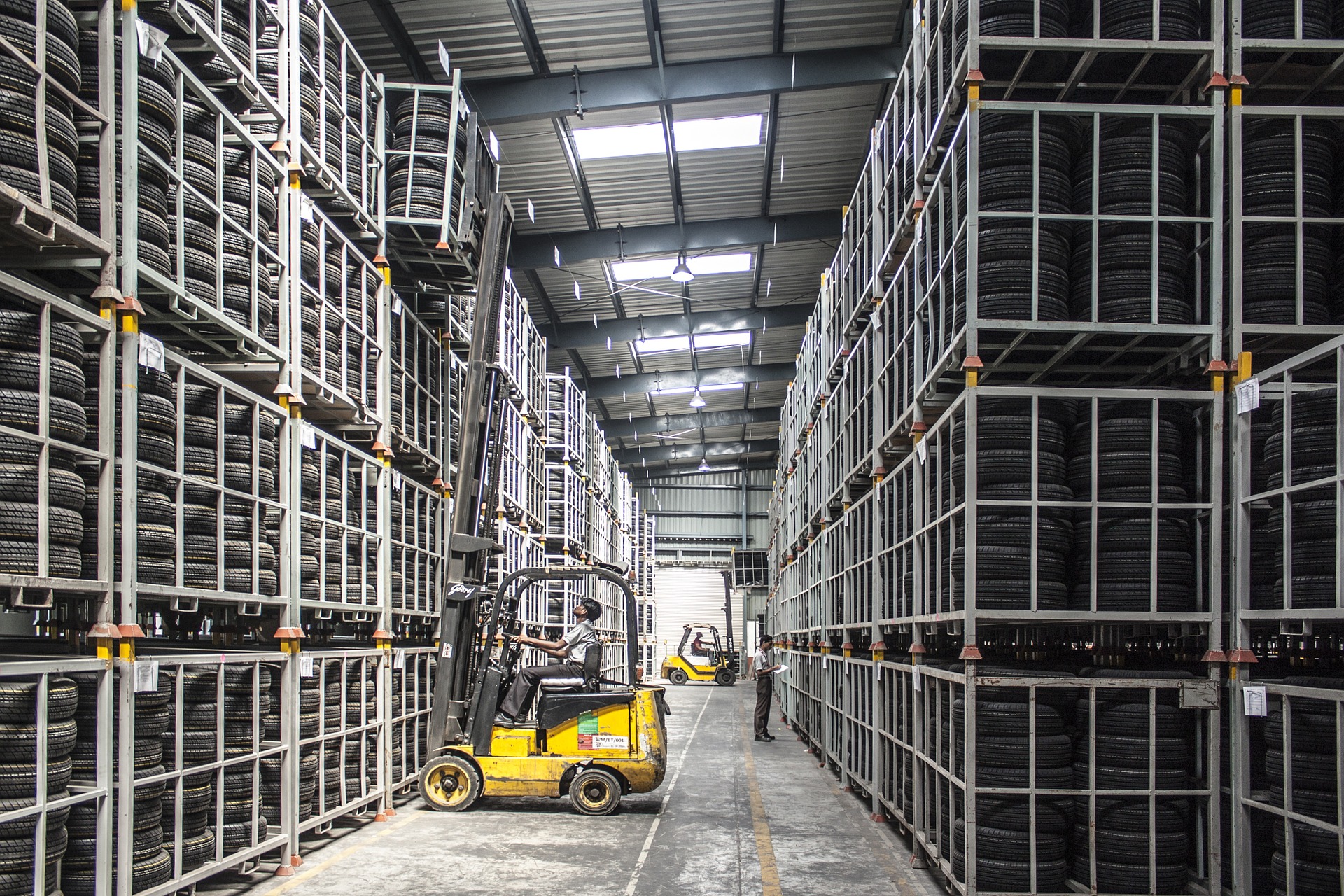 A typical oil train car used in the United States, the DOT-111 tank car, for example, can haul as much as 34,500 gallons of oil across the country. An entire train of these cars would be moving hundreds of thousands of gallons of oil, sometimes through populated areas or near waterways. More than 39 million tons of crude oil traveled across the United States in 2013.
A typical oil train car used in the United States, the DOT-111 tank car, for example, can haul as much as 34,500 gallons of oil across the country. An entire train of these cars would be moving hundreds of thousands of gallons of oil, sometimes through populated areas or near waterways. More than 39 million tons of crude oil traveled across the United States in 2013.
In 2014, there were 141 instances of crude oil being released from oil train cars– the most in any year since federal officials started tracking releases 31 years ago. The good news is that the oil spilled totaled less than the amount two train cars can carry.
That’s not to say there isn’t a danger. In 2013, the town of Lac-Mégantic learned firsthand what can happen when an oil train car derails. Lac-Mégantic, located in eastern Quebec, was devastated by the derailment that leveled half of the buildings downtown and killed 47 people. In the same year, more than 1.1 million gallons of oil was spilled from oil train cars in the United States.
Since the Lac-Mégantic disaster, officials in cities and states through which oil trains frequently pass are looking at ways to keep residents safe. Officials on the federal level are also investigating how to make oil trains safer.
The U.S. and Canada agreed on new requirements for train cars that carry flammable materials, including the DOT-111s that were involved in the Lac-Mégantic derailment. The new standards would require that older cars be retrofitted with additional shielding and increased thermal protection by 2020.
Iowa last year produced four billion gallons of ethanol and another two billion gallons of crude oil was transported through the state. The Iowa Department of Transportation Office of Rail Transportation and Iowa Homeland Security and Emergency Management released a study to find ways for the state to be able to prevent derailments as well as to establish a course of action in such an event.
Other states have taken similar approaches. Washington State has been holding public hearings this month to get feedback on two new proposed rules. One rule would require facilities that are receiving oil train cars to alert any cities on the route. The second rule would put together contingency plans in case of a derailment or oil spill.
Railroad officials in Minnesota, however, are against a bill moving through the state legislature that would improve train safety laws. The new laws would require railroad companies to provide more information on trains carrying hazardous materials. Emergency management officials said they are still not getting enough information to build safety plans.
While Minnesota and others are working to improve their plans, other cities are discovering that if an oil train derails and cause a fire or another problem, they may not be ready to handle it. Lassen County is located in northern California, and the fire chief in Westwood said that the only option in the event of an emergency is to evacuate the 1,000 residents from the city, which lacks a reliable water source and the necessary equipment to fight an oil fire. Cities like Westwood (that are more remote) have been taking advantage of a grant to train firefighters located in areas that may not initially have the ability to battle an oil fire. This includes providing fire departments the right equipment.
Finally, Montana recently completed an audit that revealed the state lacked a rail safety plan. The Montana Public Service Commission voted to have a plan by the end of the year. As more oil trains take to the rails, both railroad companies and local, state, and federal governments have said safety is a top concern.






Recent Comments